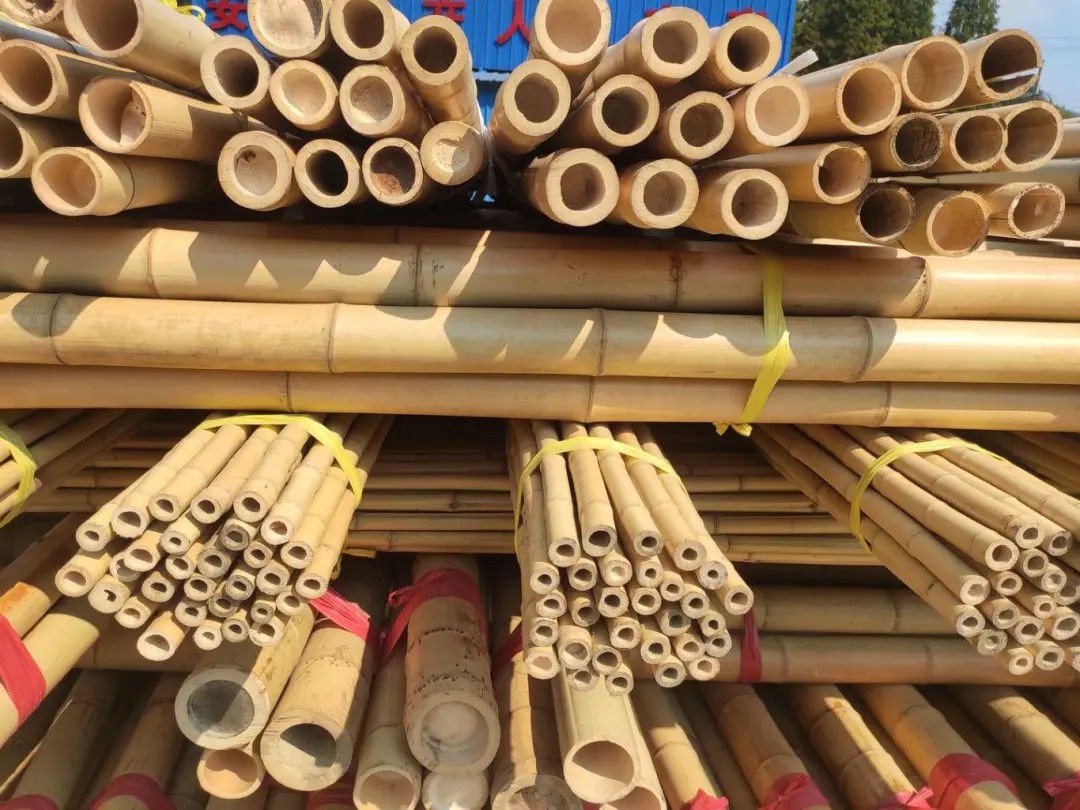Bamboo, often associated with serene landscapes and panda habitats, is emerging as a versatile and sustainable resource with a myriad of unexpected applications. Its unique bioecological characteristics make it a high-quality renewable biomaterial, offering significant environmental and economic benefits.
1.Replacing Wood and Protecting Resources
One of the most compelling advantages of bamboo is its ability to replace wood, thereby conserving forest resources. Bamboo forests can continuously produce bamboo shoots and mature rapidly, allowing for harvesting every other year. This sustainable cycle means that approximately 1.8 billion bamboos are cut down annually in my country, equating to over 200,000 cubic meters of wood resources. This annual harvest provides about 22.5% of the nation’s material resources, significantly reducing the need for wood and playing a crucial role in forest conservation.
2.Edible and Economically Beneficial
Bamboo is not just a material for construction and manufacturing; it is also a source of food. Bamboo shoots, which can be harvested in spring and winter, are a popular delicacy. Additionally, bamboo can produce bamboo rice and other food products, providing a source of income for farmers. The economic benefits extend beyond food, as the cultivation and processing of bamboo create numerous job opportunities, contributing to rural development and poverty alleviation.
3.Diverse Processed Products
The versatility of bamboo is evident in the wide range of products it can create. Currently, over 10,000 types of bamboo products have been developed, covering various aspects of daily life, including clothing, food, housing, and transportation. From disposable tableware like straws, cups, and plates to daily essentials such as bamboo pulp paper towels, bamboo’s applications are vast. Even in industrial fields, bamboo is used in constructing pipe corridors and other infrastructure, demonstrating its robustness and adaptability.
4.Environmental Benefits
Bamboo’s environmental benefits are substantial. Its lush, evergreen foliage plays a significant role in carbon sequestration and emission reduction. The average annual carbon sequestration capacity of one hectare of moso bamboo forest is between 4.91 and 5.45 tons, surpassing that of fir plantations and tropical rainforests. Additionally, bamboo aids in soil and water conservation and contributes to environmental beautification.
In conclusion, bamboo’s unexpected application value lies in its ability to replace wood, provide economic benefits, offer diverse product applications, and contribute to environmental protection. As a renewable resource, bamboo stands out as a sustainable solution for a greener future.
Post time: Sep-25-2024






